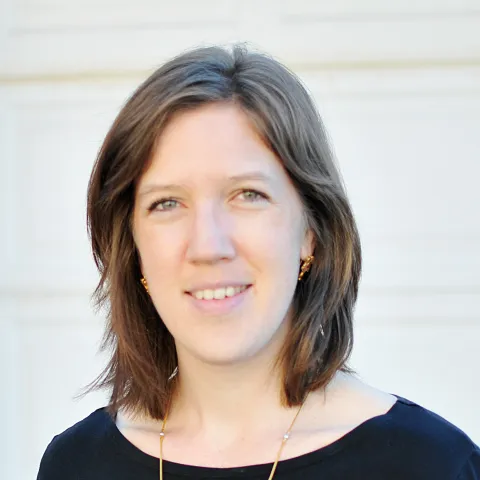It started off feeling like a cold, but the cough got worse and then Felix Fredrick began to have body aches and chills. Next he woke up in the middle of the night, sweating and feeling strange.
“I’m thinking maybe I am going through a heart attack,” Fredrick said.
He wasn’t experiencing a heart attack, Fredrick had contracted COVID-19. Knowing he had high blood pressure and some other health complications, Fredrick said he became very anxious about his test results. But that fear began to subside when he heard the “calmness” in the voices of the nurses who began to monitor him through a remote patient monitoring program offered at the Medical University of South Carolina.
Fredrick, of Mullins, South Carolina, was monitored in his home by nurses Eric Quinlivan, R.N., outreach clinical coordinator for Center for Telehealth, and Cheryl Hamill, R.N., telehealth remote patient monitoring coordinator. Both were located more than 100 miles away. They contacted him daily by phone to learn about his symptoms and provide instructions on how to improve his condition.
“As we went through the remote care, Cheryl and Eric, they reassured me ‘everything is going to be OK, we are going to take this one step at a time,’” Fredrick said.
The novel coronavirus pandemic, which has killed more than 7,500 people in South Carolina, triggered many healthcare systems to adopt remote patient monitoring models in order to keep hospitals from being overwhelmed. For patients, the monitoring system provides peace of mind that help was only a phone call away.
Fredrick, a behavior interventionist for the Marion County School District, credits support from family, faith, and the remote care nurses for his successful recovery of the dangerous disease.
“It made me feel real well knowing that even though I didn’t see (the nurses) personally, I knew they had my best interests at heart,” Fredrick said. “They were really genuine, they were nice and they built my confidence up through the virtual care.”


